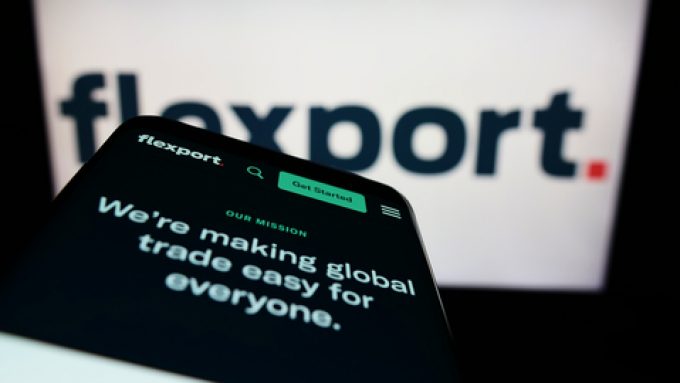European port congestion easing – for now
Port congestion across North Europe’s key hubs appears to be abating – although the relief ...

There are many eyes on Flexport: in fact, there always have been, but with new executives, a corporate restructure and exposure to a dampening retail market and soft transpacific trade, rivals are watching with interest – and possibly optimism.
The ‘digital’ forwarder has famously brought in ...
CMA CGM South Korean staff strike over bonuses after bumper 2024 profit
'Another painful headache for shippers' as Asia-N Europe rate rally ends
Amazon Air Cargo partners-up for new transpacific route into the US
MSC switches two more Asia-Europe port calls from congested Antwerp
Ports and supply chain operators weigh in on funding for CPB
Nightmare for Bangladeshi exporters as congestion and tariffs bite
Carriers introduce surcharges as congestion builds at African ports
CMA airline returns two freighters, while ANA takeover of NCA looms

Comment on this article